Are you dreaming of a nature getaway filled with breathtaking views, mesmerizing landscapes, and abundant wildlife? Look no further than The Great Smoky Mountains! This majestic mountain range and national park offers an unforgettable experience for nature enthusiasts and adventure seekers alike.
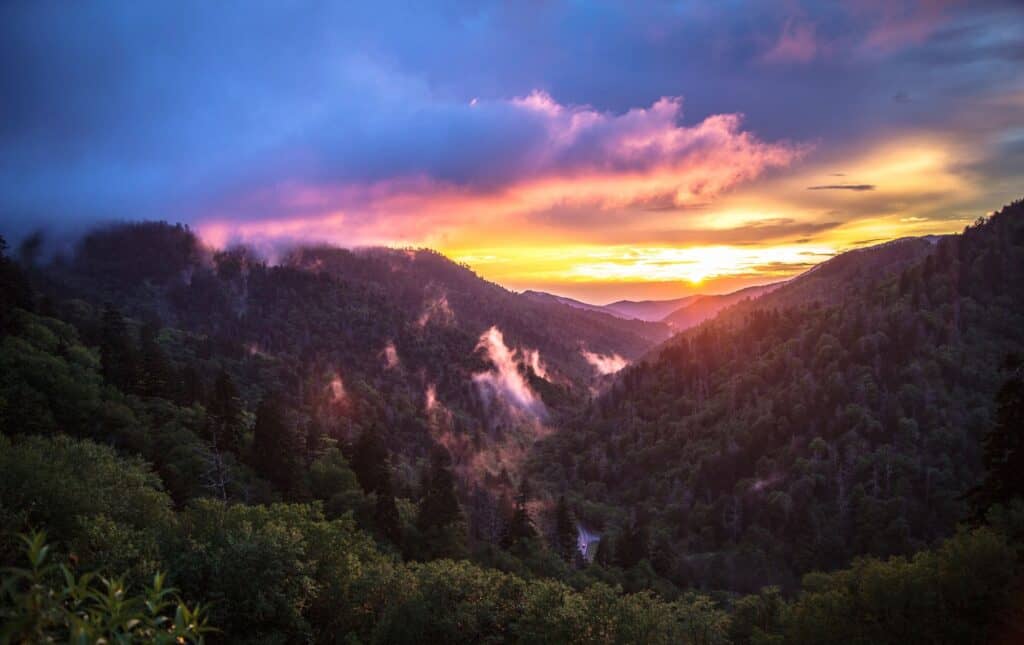
The Great Smoky Mountains National Park: An Overview
Covering over 520,000 acres, The Great Smoky Mountains National Park is a jewel between Tennessee and North Carolina. It is renowned for being the most visited national park in the United States. The park’s rich biodiversity and stunning natural beauty make it a haven for hikers, campers, photographers, and wildlife lovers.
Geography and Location of The Great Smoky Mountains
The Great Smoky Mountains span across the eastern border of Tennessee and western North Carolina. The park is part of the larger Appalachian Mountain range and is named after the distinctive blue haze that often surrounds the peaks. With elevations ranging from 875 to 6,643 feet, the park offers diverse ecosystems, including ancient forests, lush valleys, and serene waterfalls.
Notable landmarks within the park include Clingmans Dome, the highest point in Tennessee, and Cades Cove, a picturesque valley that attracts visitors with its historic cabins and abundant wildlife.
Whether seeking solitude in nature, embarking on a scenic drive, or immersing yourself in the region’s rich cultural heritage, The Great Smoky Mountains offers something for everyone. So grab your hiking boots, pack your camera, and prepare for an unforgettable adventure in this natural wonderland.
View Larger Map
Wildlife in The Great Smoky Mountains
The Great Smoky Mountains National Park, located on the border of Tennessee and North Carolina, is not only known for its majestic landscapes but also for its diverse and abundant wildlife. Here are some things you need to know about nature in this remarkable national park.
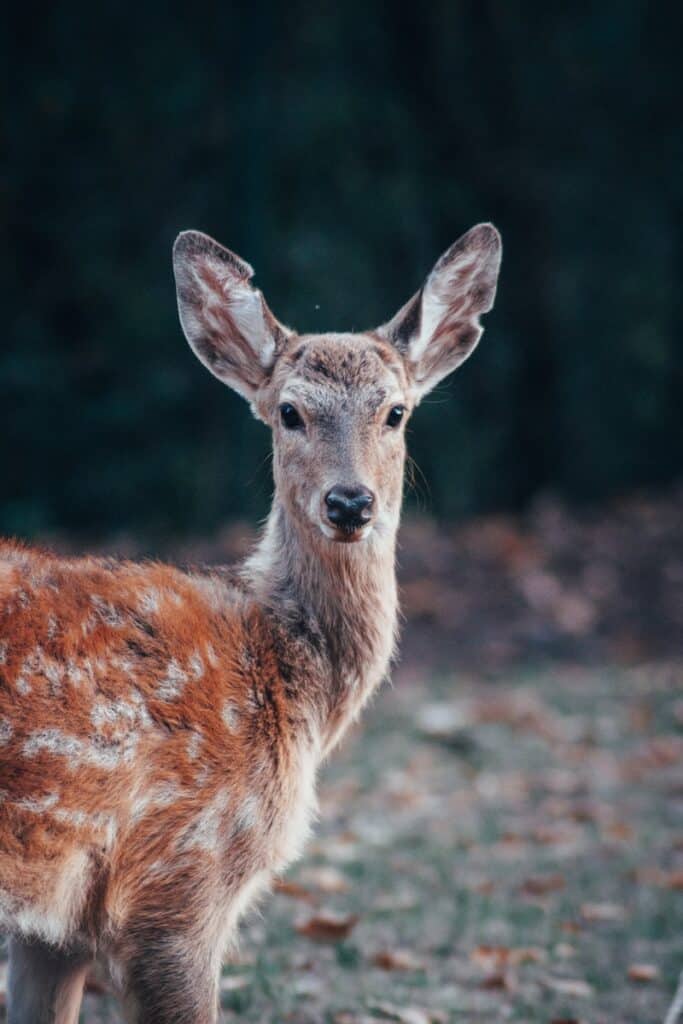

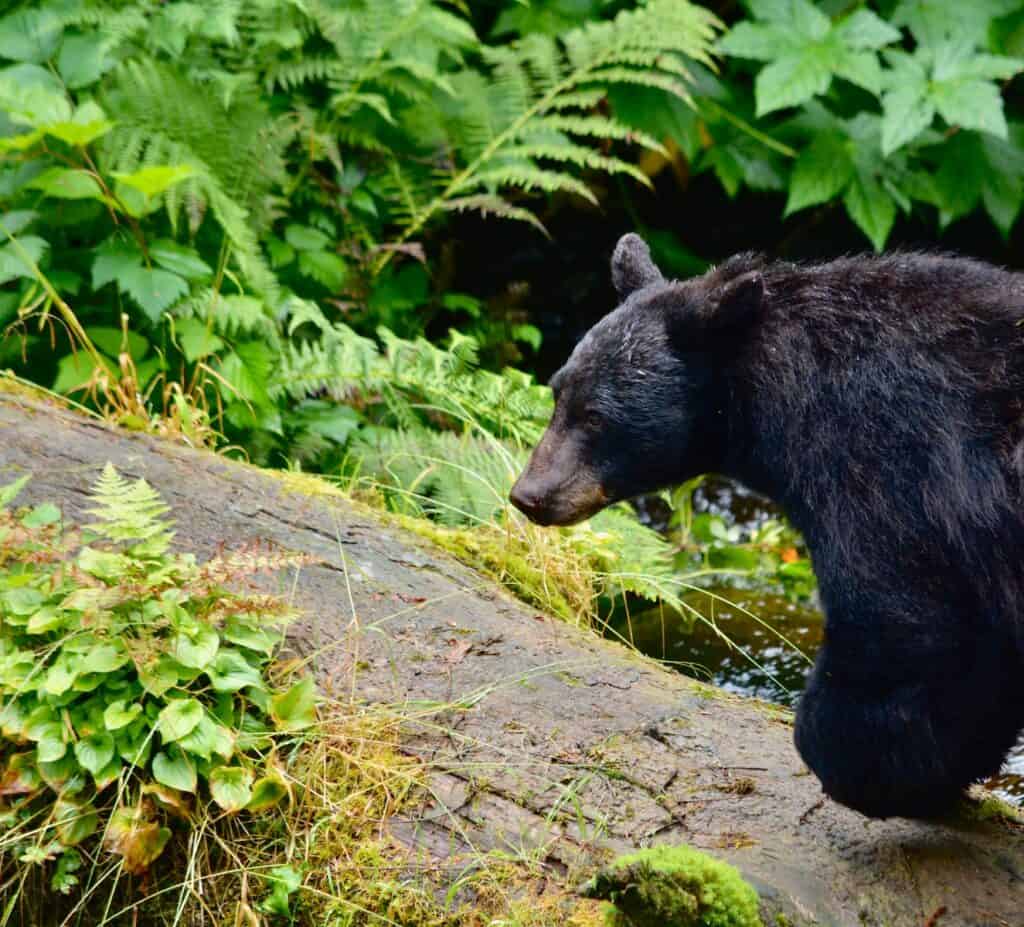
Diverse Fauna and Flora in The Great Smoky Mountains
The Great Smoky Mountains is home to a wide range of animal species, including over 65 mammal species, 200 bird species, and 80 reptiles and amphibians. Visitors to the park may encounter black bears, deer, elk, foxes, bobcats, and various bird species such as owls, hawks, and woodpeckers.
The park is also known for its rich plant life, with over 1,500 flowering plants. The diverse flora includes vibrant wildflowers, towering hardwood trees, and rhododendron and mountain laurel thickets.

Endangered Species and Conservation Efforts
The Great Smoky Mountains is home to several endangered species, highlighting the importance of conservation efforts in the park. These endangered species include the Carolina northern flying squirrel, the red-cockaded woodpecker, and the Indiana bat. The park works tirelessly to protect these species and their habitats through various conservation programs and initiatives.
Visitors are encouraged to play their part in conserving the park’s wildlife by respecting its rules and regulations, keeping a safe distance from nature, and leaving no trace behind when exploring the trails.
By experiencing the diverse wildlife of The Great Smoky Mountains, visitors can gain a deeper appreciation for the importance of preserving and protecting these natural wonders for future generations to enjoy.
Hiking and Outdoor Activities
Are you an outdoor enthusiast looking for the perfect destination to explore nature at its finest? Look no further than The Great Smoky Mountains. With its stunning landscapes, diverse wildlife, and endless opportunities for outdoor adventures, this iconic national park offers something for everyone.
Popular Hiking Trails in The Great Smoky Mountains
- Alum Cave Trail: This 5.5-mile round trip trail is known for its incredible views and unique geological formations, including the Alum Cave Bluffs.
- Rainbow Falls Trail: As the name suggests, this 5.4-mile trail leads you to a majestic 80-foot-tall waterfall, offering a rewarding sight for hikers.
- Charlies Bunion Trail: This challenging 8-mile hike takes you to the famous rock outcrop known as Charlies Bunion, which offers breathtaking panoramic views of the surrounding mountains.

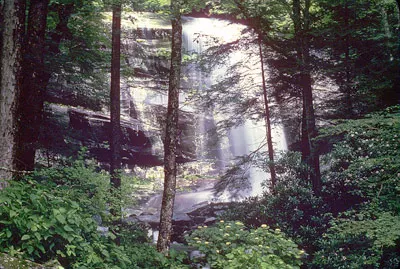
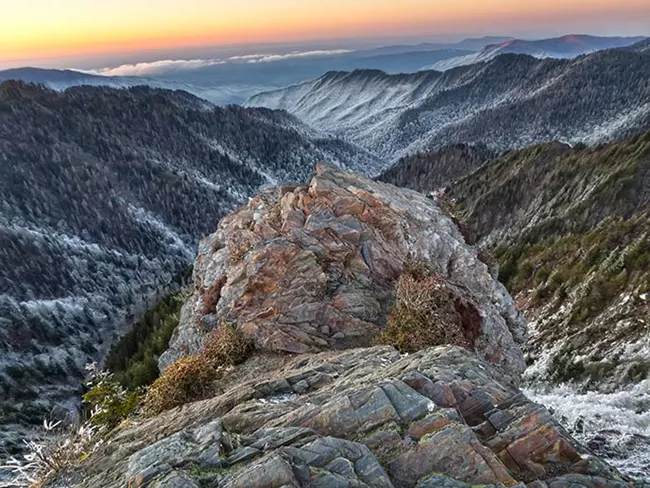
Camping and Adventure Sports in The Great Smoky Mountains
Camping in The Great Smoky Mountains is a popular way to immerse yourself in the beauty of nature. With over ten developed campgrounds, you can choose a spot that suits your preferences, whether you prefer a rustic experience or modern amenities.
If you’re seeking more adventurous activities, the park offers mountain biking, horseback riding, fishing, and even whitewater rafting opportunities. There are numerous rivers and streams within the park’s boundaries where you can cast a line and try your luck at catching trout.
Whether you prefer a leisurely hike, an adrenaline-pumping adventure, or simply camping under the stars, The Great Smoky Mountains has it all. So pack your bags, lace up your hiking boots, and prepare for an unforgettable outdoor experience in this awe-inspiring national park.
Historical and Cultural Significance
Native American Heritage in The Great Smoky Mountains
The Great Smoky Mountains have a rich native American heritage. For thousands of years, the Cherokee people called this region home. They relied on the mountains for food, shelter, and spiritual connection. Today, you can explore their history and culture at the Oconaluftee Indian Village and the Museum of the Cherokee People.
Settlements and Civilian Conservation Corps in The Great Smoky Mountains
In the 1800s, European settlers began to populate the region. They built log cabins, established communities, and farmed the land. These historic settlements offer a glimpse into the lives of early pioneers.
During the Great Depression, the Civilian Conservation Corps (CCC) played a crucial role in shaping the landscape of the Great Smoky Mountains. The CCC constructed park facilities, trails, and roads, preserving the natural beauty of the area for generations to come.
Today, the Great Smoky Mountains National Park stands as a testament to the preservation efforts of those who came before. Visitors can learn about the park’s history at the Mountain Farm Museum and the Great Smoky Mountains Heritage Center.
From the native American heritage to the settlements and the efforts of the CCC, the Great Smoky Mountains hold a significant place in American history and culture. Exploring these aspects allows visitors to truly appreciate this iconic national park’s beauty and historical significance.

Travel Tips for The Great Smoky Mountains
Best Time to Visit The Great Smoky Mountains
The Great Smoky Mountains National Park is a beautiful destination year-round, and it offers unique experiences at certain times. Spring from mid-March to June is perfect for enjoying the blooming wildflowers and mild weather. Summer from June to August is excellent for hiking and outdoor activities, although it can get crowded. Fall, from September to mid-November, is famous for its stunning foliage, attracting many visitors. Winter from mid-November to mid-March offers a quieter and more peaceful atmosphere, with the opportunity to see snow-capped mountains and frozen waterfalls.
Planning Your Trip: Accommodations and Safety Measures
When planning your trip to The Great Smoky Mountains, it’s essential to consider various factors for a smooth and enjoyable experience. Here are some tips to keep in mind:
- Accommodations: There are various options for accommodations, including campsites, cabins, lodges, and hotels both inside and outside the park. Booking in advance is recommended, especially during peak seasons. Learn more here.
- Safety Measures: The park has specific guidelines for visitor safety. Stay on designated trails, carry sufficient water and snacks, and check weather conditions before hiking. Additionally, it’s advisable to take bear spray and know how to react if you encounter wildlife.
- Popular Attractions: The Great Smoky Mountains offer a range of attractions, such as Cades Cove, Clingmans Dome, and Mountain Farm Museum. Research these attractions beforehand to plan your itinerary effectively and maximize your visit.
Whether you’re a nature enthusiast or simply looking for a peaceful retreat, The Great Smoky Mountains has something to offer everyone. Click the banner below to visit the National Park Service page for the Great Smoky Mountains.











